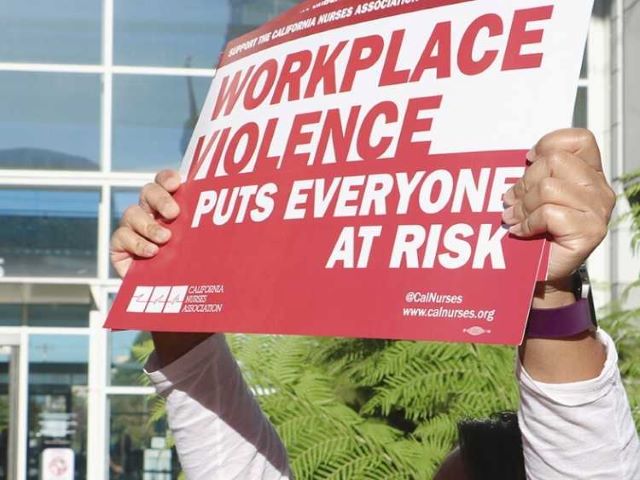
What Can We Do About It?
Policy Making
As of July 1, 2021, the state of Tennessee is one of the first in the U.S. to deem a knowingly violent act against a nurse as a Class A misdemeanor charge. However, if the act is considered aggravated assault, the perpetrator will face a Class C felony charge.
Although this is not a direct solution to solving the various problems toward safety in nursing, it is a start in the right direction.
Advocating for Change
Over the course of several years, members of National Nurses United have actively advocated for regulations to be put in place to ensure the safety of those in the healthcare professions.
As of April 2021, The House of Representatives passed the “Workplace Violence Prevention for Health Care and Social Service Workers Act” that requires both healthcare and social service employers to provide workplace violence prevention plans in compliance with the guidelines outlined by the Occupational Safety and Health Administration (OSHA) of the Department of Labor.
This is a monumental step forward to promoting safety in nursing and all healthcare and social service professions; however, there is more work to be done.
If You See Something, Say Something
As previously mentioned, there are a vast number of cases of workplace violence that often go unreported, causing the prevalence of the issue to increase.
Whether it is based on fears of being reprimanded by management, risking the chances of an additional act of violence to occur in or outside of the workplace, or fears of damaging a relationship, if you witness an act of workplace violence that endangers safety in nursing or of any profession, please report it.
If it is a patient, a family member of the patient, a colleague, a physician, a superior, or anyone who is also a part of the interdisciplinary care team, there is never a valuable reason to not report an act of violence.
Addressing the problem at its inception is the only way we can combat its prevalence in the workplace.
Ensuring safety in nursing ensures safety in patient care delivery, which makes for more positive outcomes.







